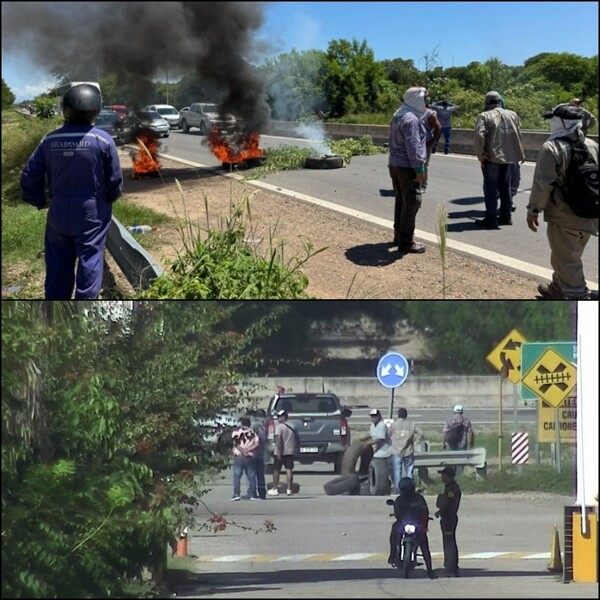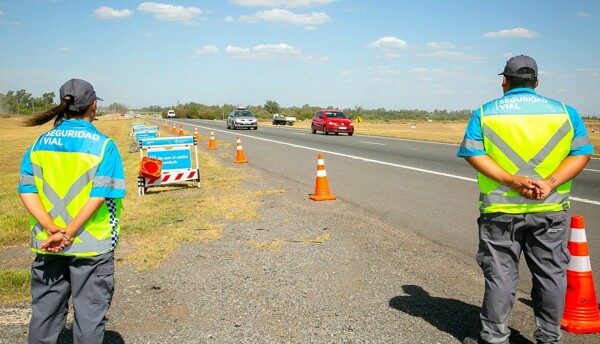
The Vehicle Technical Inspection (VTV) is a mandatory document in Argentina that certifies that a vehicle meets the minimum operating and safety standards. Additionally, its absence can lead to high fines and the retention of the vehicle, as well as legal complications and issues with insurers in the event of accidents.
During a vehicle check on the road, several documents may be required, including: - Current and valid National Driver's License for the type of vehicle. - DNI or identification document of the driver. - Green Card that certifies the ownership of the vehicle. - Driving permit in Mi Argentina if the driver is not the owner of the car. - Mandatory insurance with proof of coverage, either physical or digital. - Mandatory safety items such as a fire extinguisher with a valid charge, portable warning signals, and in some provinces, chains for snow. - Non-mandatory but recommended safety items, such as reflective vests, first aid kit, spare tire in good condition, jack, and wrench.
The VTV aims to raise awareness among drivers about the importance of preventive maintenance and to promote responsible habits behind the wheel, reducing the possibility of road accidents. The frequency of the VTV varies according to the province and type of vehicle, being higher for those intended for passenger or cargo transport due to their intensive use.
The Vehicle Technical Inspection allows for the detection of faults in various vehicle systems that are essential for safe driving. Generally, private vehicles must undergo the first inspection when they reach three years of age or exceed 60,000 kilometers traveled.
It is essential to comply with the mandatory documentation to drive on Argentine roads, particularly the VTV, to avoid problems in the event of a vehicle check and to ensure the safety of both the driver and other road users. Checks are often routine on roads and access to cities, where traffic agents may request the corresponding documentation, with the VTV check generally being annual.













